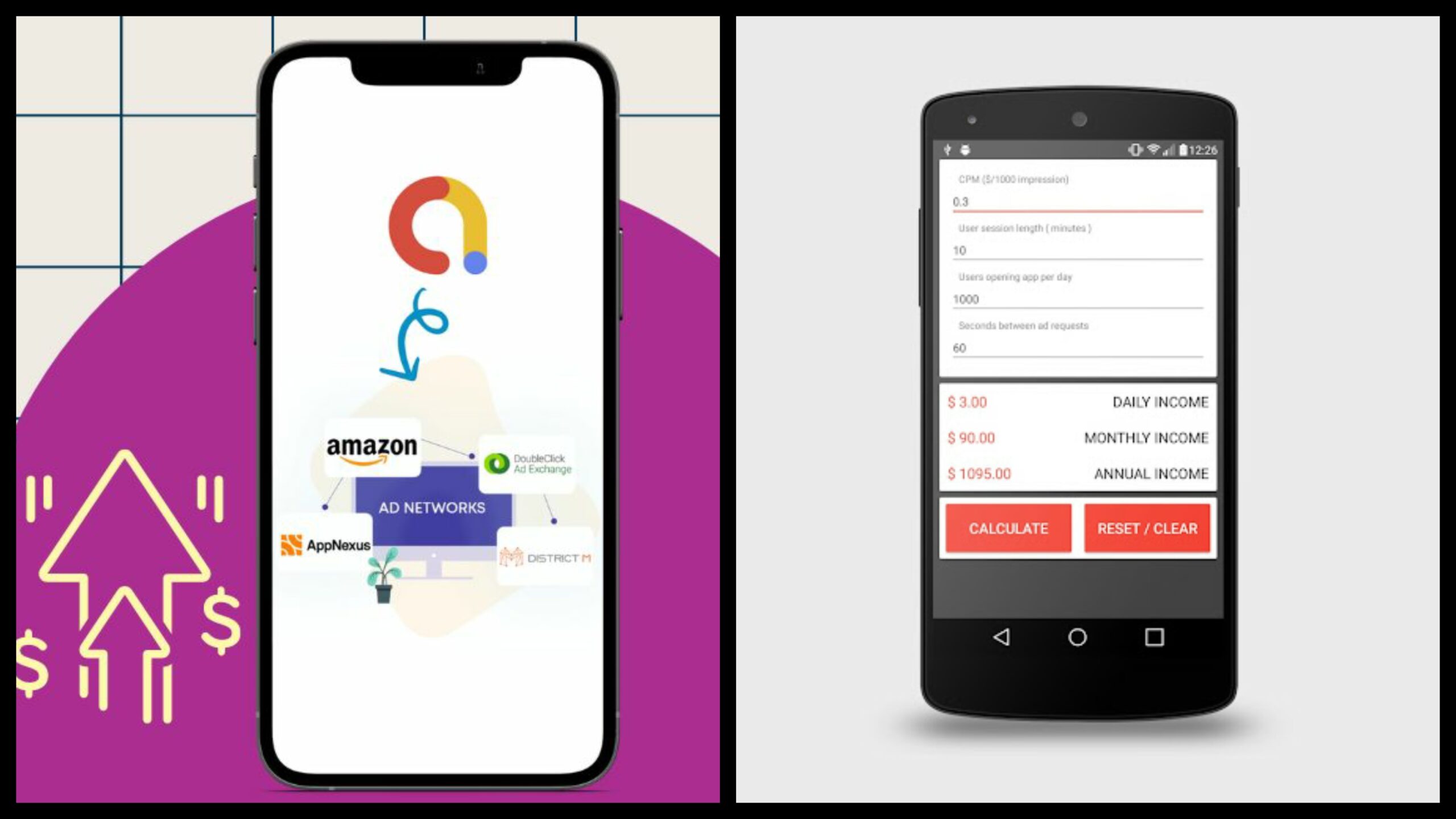
5 In-Application Publicizing Income Models.
Application distributers have designed essentially twelve methods for adapting their applications. In-app advertising is one of the most effective strategies. It’s a dependable application adaptation model that normally stretches out to versatile applications.
In-app advertising, on the other hand, can be done in a variety of ways, some of which are so distinct that they qualify as entirely distinct app revenue models. The approach you choose will have a significant impact on how much money you make from your app. To put it another way, it’s critical that you do it correctly.
That’s where we come in. For your mobile app’s monetization, here are five in-app advertising revenue models to think about.

Pure advertising in the app.
This is the simplest and most straightforward revenue model for in-app advertising. The a solitary stakes everything on promotions. To truly operate under an in-app advertising model, your app must be free and not require a subscription.
Within this framework, do not be afraid to experiment with the kinds and frequency of advertisements you run. Display banners and basic pre-roll videos aren’t bad, but there are so many more options. This revenue model can be somewhat restrictive if you don’t try everything.
Compensated Promotions.
It’s possible that some of your app’s users don’t like the idea of you running traditional ads there. Because of the potential impact that advertising in your mobile app may have on the user experience, you might even be concerned that you will lose a significant portion of your user base to a competitor.
It’s possible that ads alone aren’t the issue. It could be the kind of ads. To put it another way, perhaps your app’s users need to believe that they are receiving something in return for viewing advertisements.
That is the ideal advertising unit: video with a reward. This ad format is great for all kinds of apps, but mobile app games especially benefit from it.
Advertising removal via subscription.
There is still hope if you are concerned that adding ads will simply turn off a portion of your app’s users. You can set up a half and half membership and promoting income model.
It’s easy, but it works: Ads are included in your app, but downloading and using it are free. For clients who might rather not need to manage promotions while utilizing your application, they can become paid endorsers of partake in a promotion free encounter.
Publishers benefit from this because they earn money from each app user in one of two ways: as a subscriber or as a sellable impression.
Hybrid App Freemium Model
The above in-app advertising revenue model is slightly modified by this: You offer the option to remove ads by signing up, but you sweeten the deal by offering a freemium model in which paid users get access to premium content and no ads.
Paid Download for No Advertisements.
If you still worry about forcing ads but aren’t sure you can get users to pay a monthly or annual subscription fee, consider the following: You could offer both an ad-supported paid app and an ad-supported free app.
In this manner, rather than incurring an ongoing subscription fee, users can select the paid version and pay a single download fee in the app store to avoid advertisements. Alternately, they can use the free version to get impressions for your ads. Another win-win.
Improve Your Revenue Model for In-App Advertising.
You probably won’t stick with the in-app advertising revenue model you choose initially. This is due to the fact that if you want to remain competitive and maximize your revenue, you must constantly test, modify, and rethink your approach to in-app advertising.



Leave a Reply